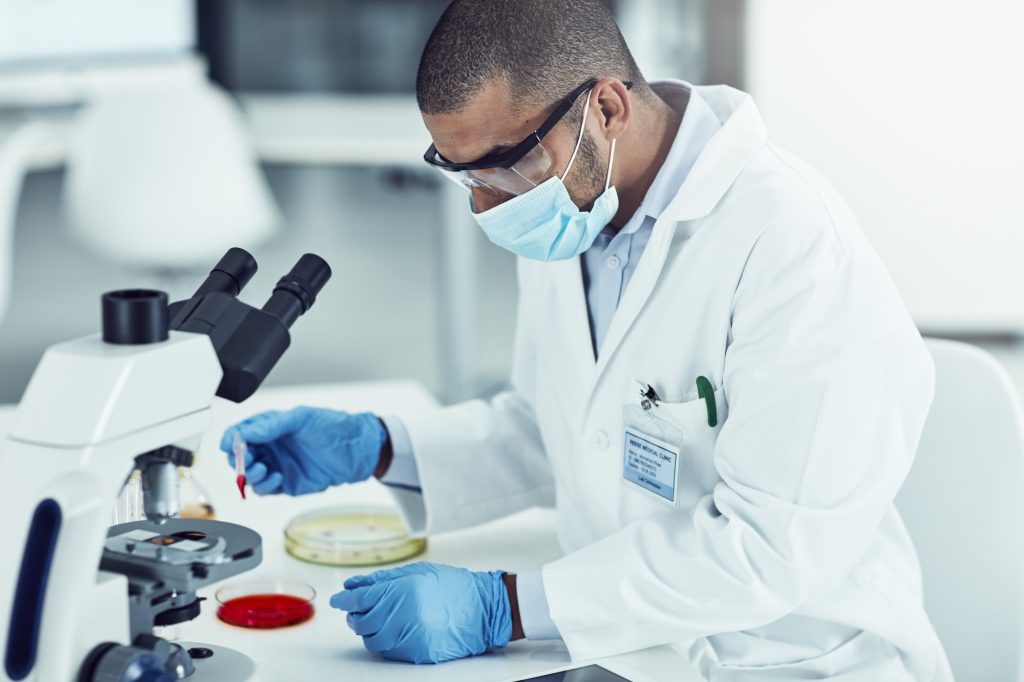
Diseases caused by microbes — also known as microorganisms — present another area of public health concern. Trillions of microbes exist within the human body, and they also live in water, soil, and air. Most of them have no negative health effects, and many microbes perform important biological functions, such as supporting digestive and immune health, according to the National Human Genome Research Institute. Bacteria, viruses, and fungi are types of microbes.
Harmful microbes, which are more commonly called pathogens or germs, can infect humans and cause illness. Eating is one of the primary ways in which humans can contract diseases caused by microbes. One example is food poisoning from E. coli, a type of bacteria that can be found in the environment and in foods, and which can cause respiratory illness, urinary tract infections, and other adverse health effects.
There are also a number of harmful microbes that live in the soil. Humans can come into contact with them by ingesting them (through contaminated food) or through inhaling them (through soil particles in the air). Tetanus and botulism are examples of diseases caused by soil-borne microbes.
